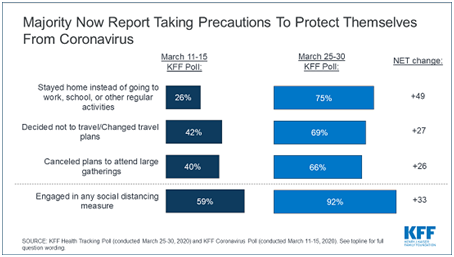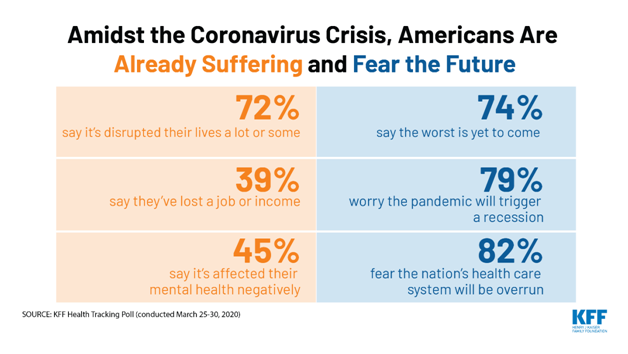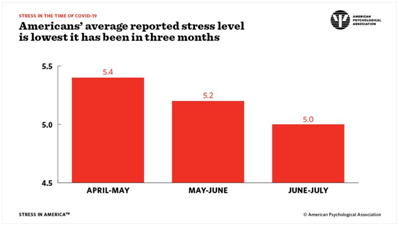Pandemic and the Increase of Mental Health Problems

The arrival of COVID-19 has changed the world in many ways. One of those ways is how more and more medical healthcare professionals are accepting and relying on telehealth for many patients. It has helped doctors to manage patients who did not need to visit physically. It is also capable of assisting patients who are seeking mental health therapy.
Since the pandemic began, there has been an increase in mental health problems. Because of the nature of the pandemic, it means that it is far more challenging to find a counselor for depression that you can visit in person. The 2020 KFF Health Tracking Poll found that 45% of people who responded said that worry and stress about the pandemic affected their mental health. 19% said that the pandemic had a significant impact on their mental health including nearly a quarter of women, Hispanic adults, and Black adults.
Fortunately, teletherapy can help patients who are suffering from mental health issues. The number of people searching for online therapy for generalized anxiety disorder, depression, and other mental health conditions has skyrocketed in the past few months. The trend will likely continue to grow.
What is Causing the Increased Mental Health Crisis?

Many different factors are coming into play to cause a rise in the mental health crisis in the country. People are making changes to their livesto deal with the pandemic. However, external forces over which people have no control are causing changes, as well.

Jobs
One of the biggest problems stems from job loss. 39% of people polled in the United States said they have lost a job or income because of the pandemic. 54% of part-time workers, 47% of parents with children under 18, and 45% of people paid by the job or hourly are included.
Social Distancing and Travel
Many people have been sheltering in place for months, only going out when it is necessary. Despite the re-openings in some locations, many chose to continue social distancing. Re-openings in many states caused increases in COVID-19 cases, which caused more shutdowns and even more stress. 92% of people report that they are social distancing still.Many have had to cancel plans to travel or attend events. This can lead to loneliness and isolation in some people who are living alone. It could also mean more stress from family, which could benefit from online behavioral family therapy.

Changes to Normal Life
The pandemic has caused a disturbance to the daily lives of nearly everyone. It is hard for people to adjust to the changes and the new normal that they find themselves in today. 72% of people have said that the pandemic has caused some type of disruption in their lives. Many are now trying to work from home, and this has changed the work and home balance dynamic drastically. It can be hard for some people to shut down at the end of the day. They always feel like they are at work.
Stress and Anxiety
The levels of stress and anxiety that people are feeling because of the pandemic are high. Over the past few months, the levels of stress have diminished somewhat according to a report from the American Psychological Association, as you can see in the graphic below. However, with COVID-19 still out of control in so many states, stress levels could go back up.

Teletherapy Can Help
With worry, stress, and anxiety affecting so many people today, turning to teletherapy could help substantially. Online psychotherapy for mood disorders, and working with anxiety counselors, stress counselors, and other mental health professionals is a part of the new normal for many people. It is likely to be that way for some time to come.
